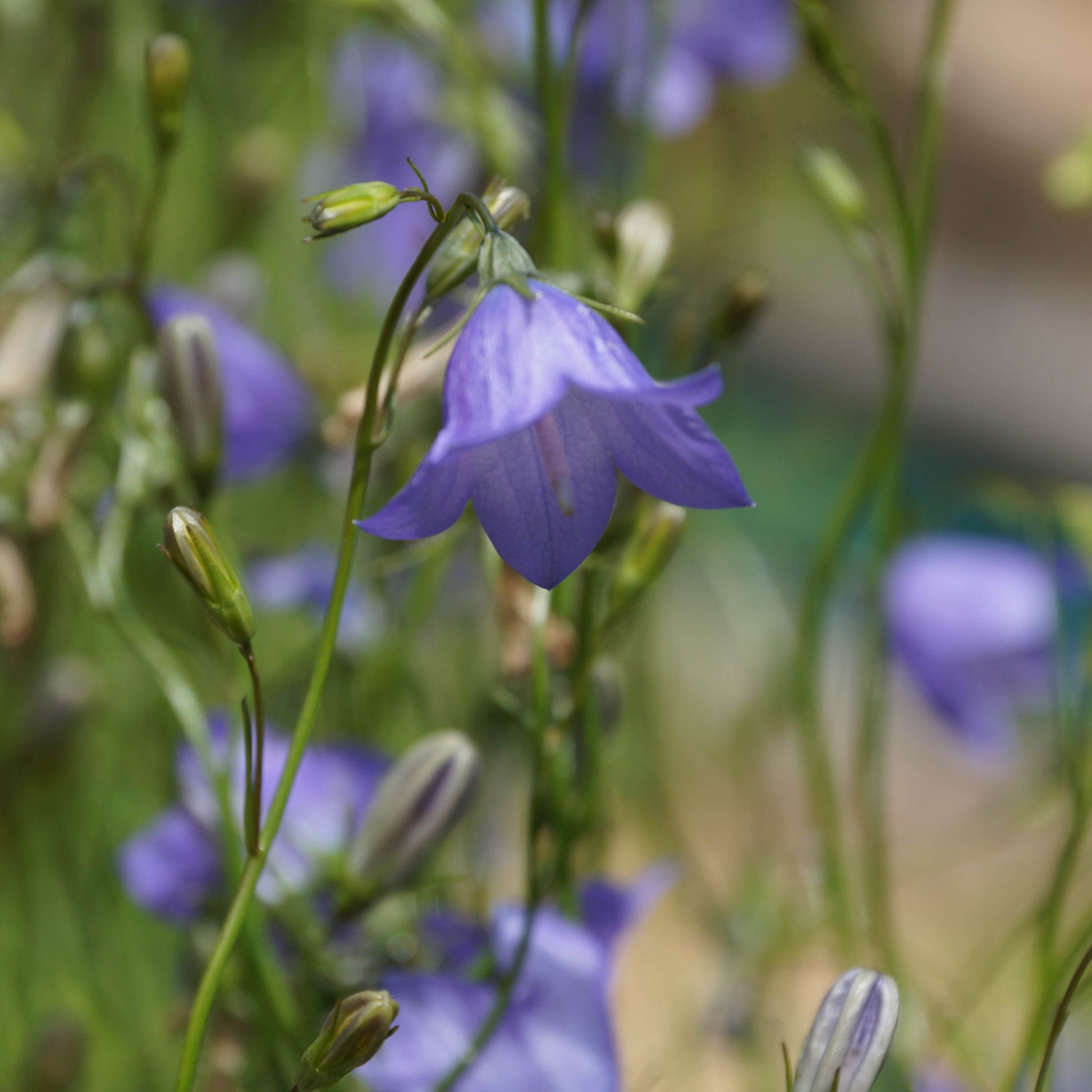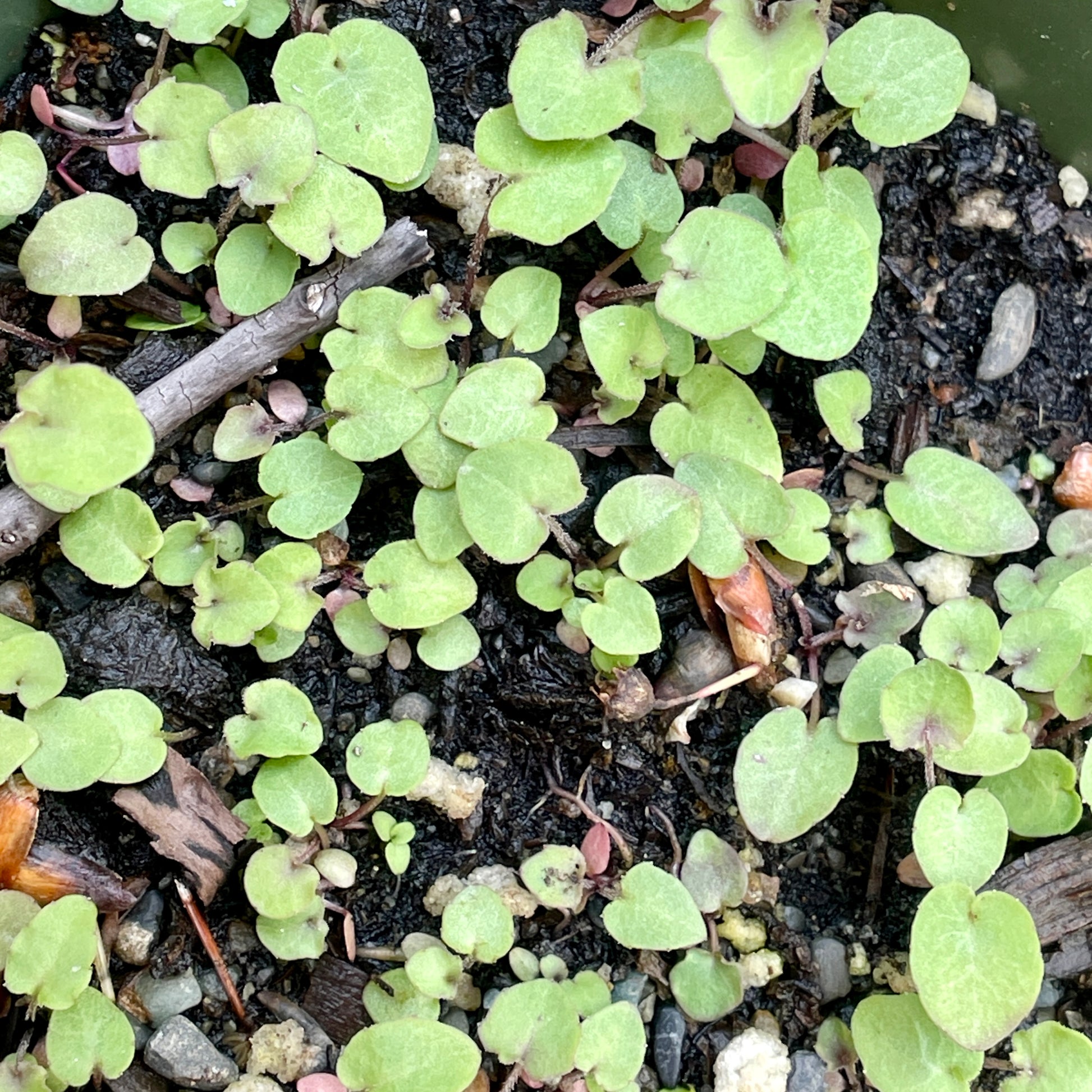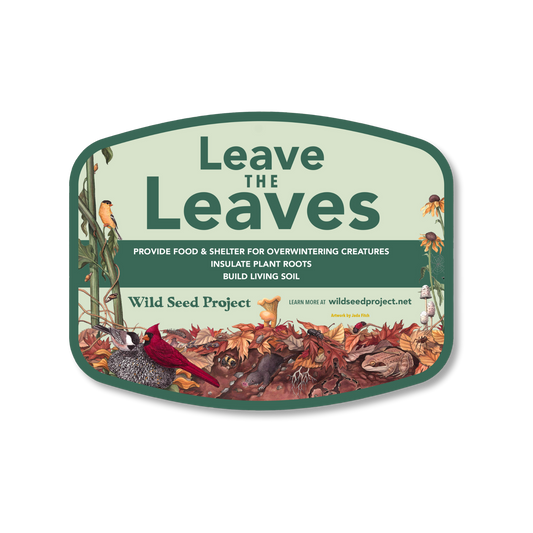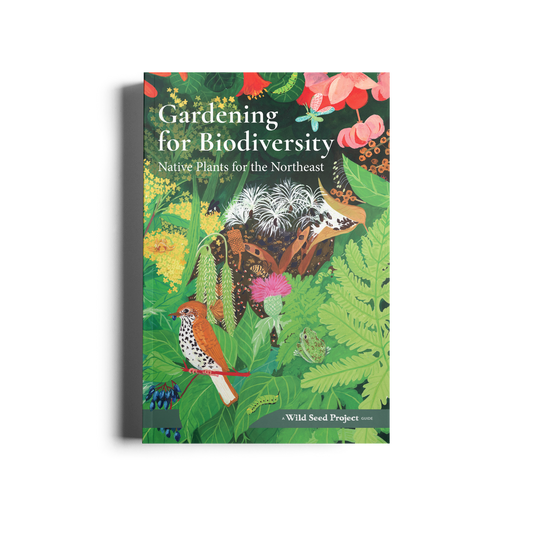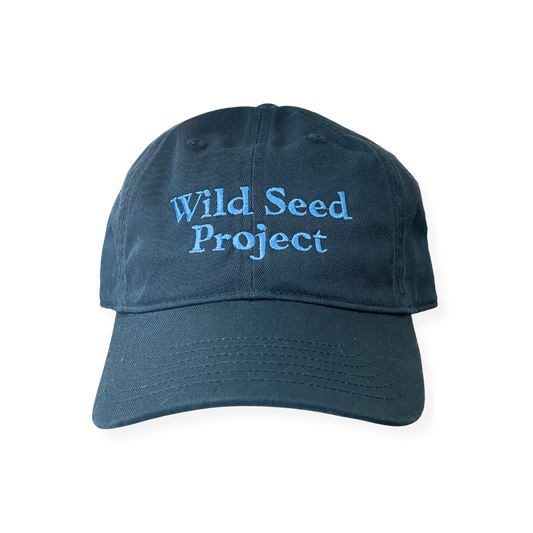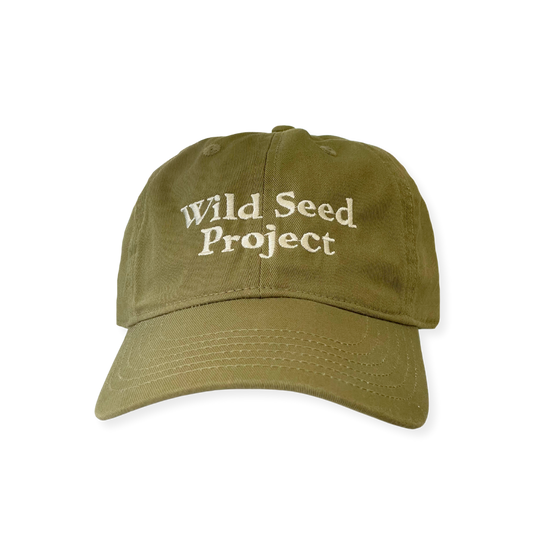Bellflowers — Scotch bellflower (Campanula rotundifolia) Seeds
Bellflowers — Scotch bellflower (Campanula rotundifolia) Seeds
Out of stock
Couldn't load pickup availability
Small blue, nodding bell-shaped flowers on wispy stems bloom in early to mid-summer, sometimes with repeated blooms. Attractive low clump of round basal leaves. Deer-resistant foliage.
Native to Maine: Yes
Growing conditions: Sun in dry soil
Grows up to: 4-18"
Blooms: In early to mid-summer
Pairs well with: Butterfly milkweed, sundial lupine, blue-eyed grass, plantain-leaved pussytoes, and red columbine
Natural habitat: Rocky coastlines, cliffs, shores, and dry meadows
Seeds per packet: 50-75
Germination Code(s): B and C
These seeds need a winter or cold period to germinate - a minimum of 30 days below 40°F in moist soil (or sand or vermiculite). Sow outdoors in pots, on the soil surface and leave uncovered, November through March.
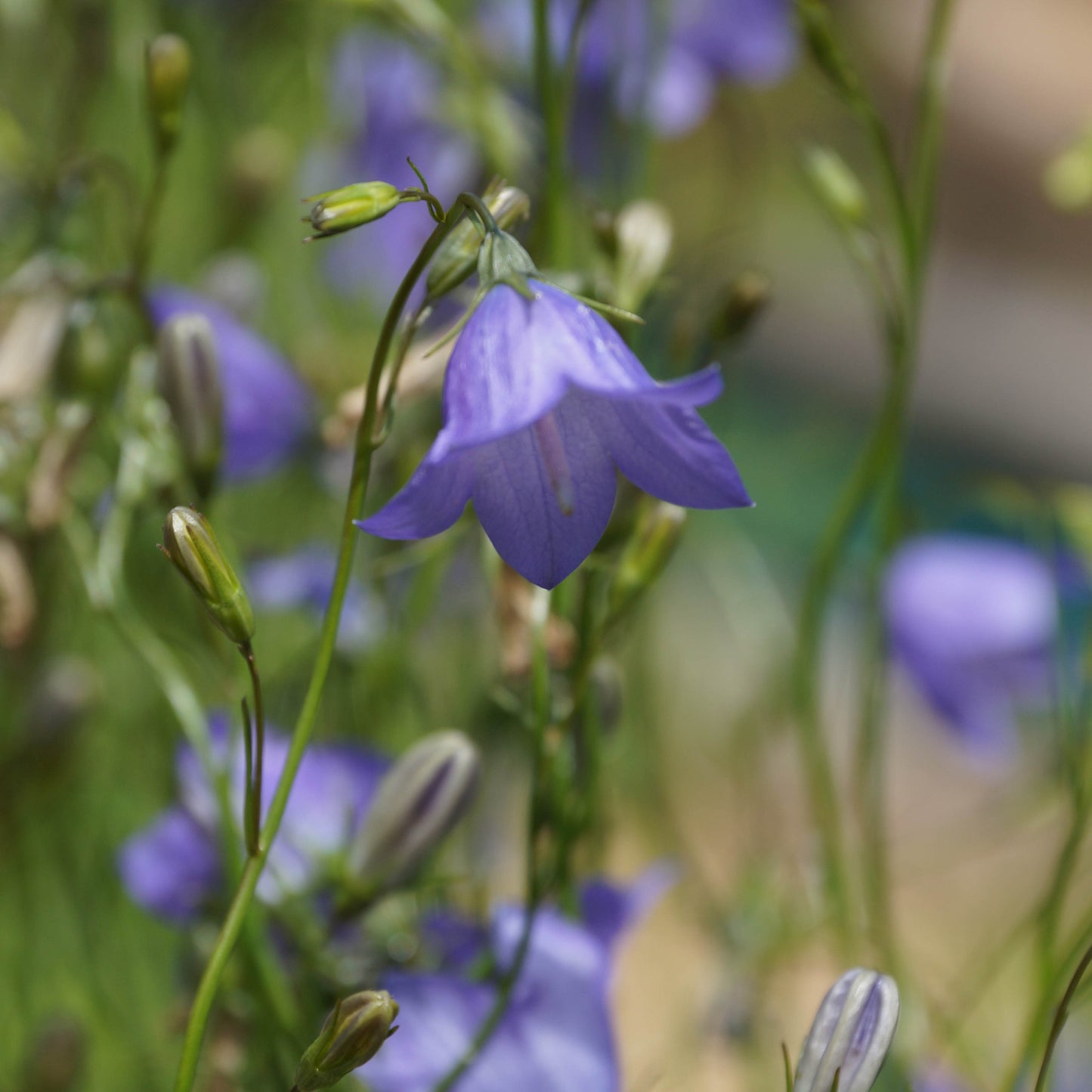
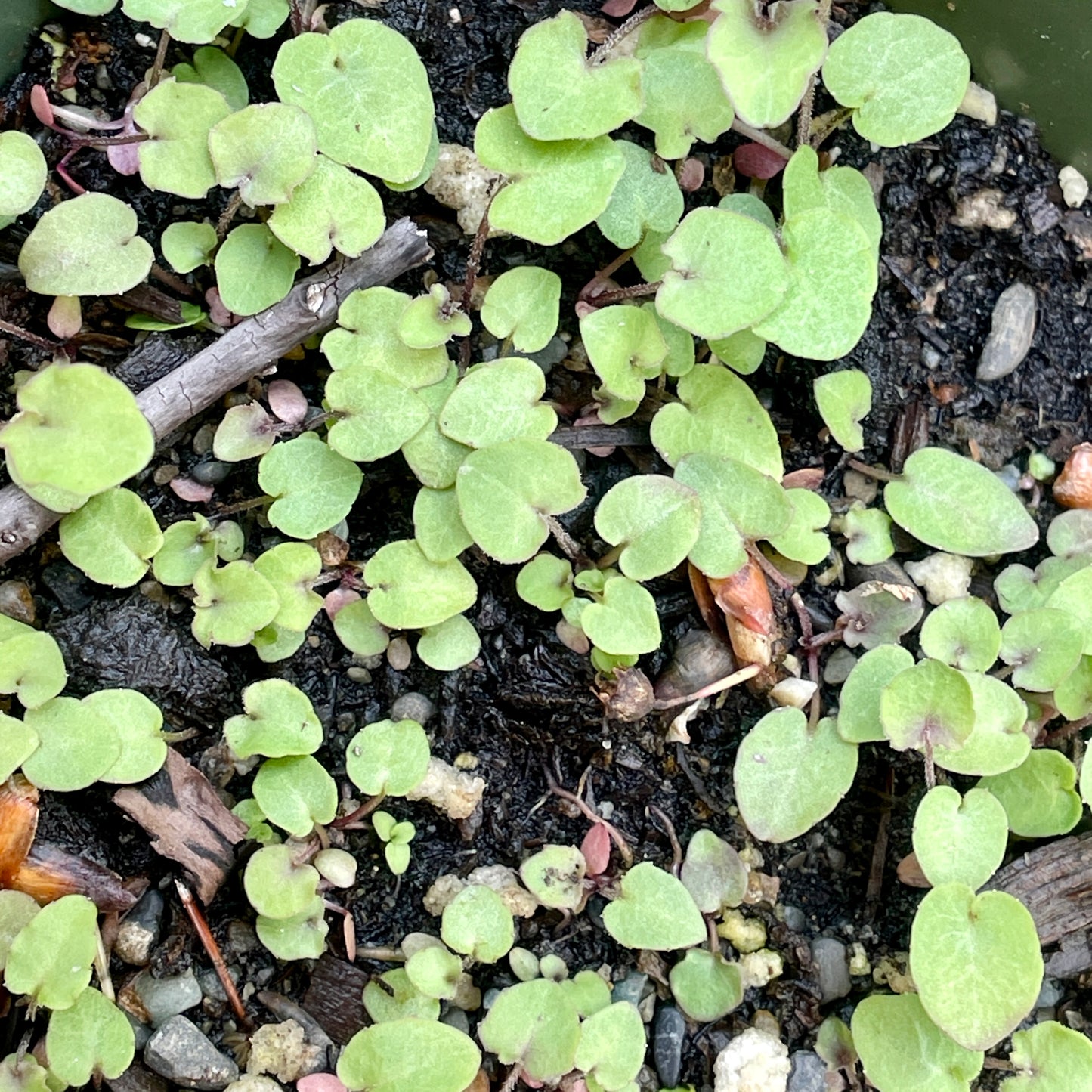
More from Wild Seed Project
-
Leave the Leaves Yard Sign
Regular price $ 28.00 USDRegular priceUnit price / per -
Gardening for Biodiversity: Native Plants for the Northeast
Regular price $ 22.00 USDRegular priceUnit price / per -
Classic Logo Hat in Blue
Regular price $ 26.00 USDRegular priceUnit price / per$ 30.00 USDSale price $ 26.00 USDSale -
Classic Logo Hat in Moss
Regular price $ 26.00 USDRegular priceUnit price / per$ 30.00 USDSale price $ 26.00 USDSale
